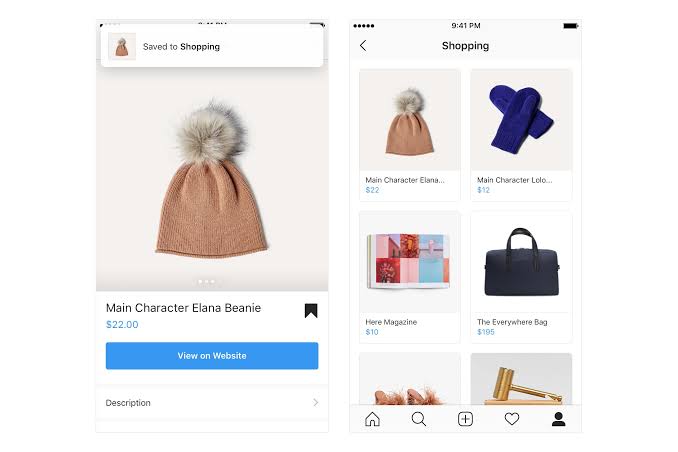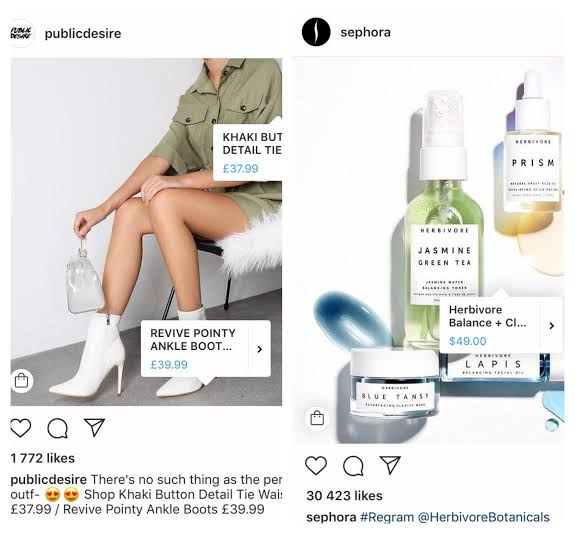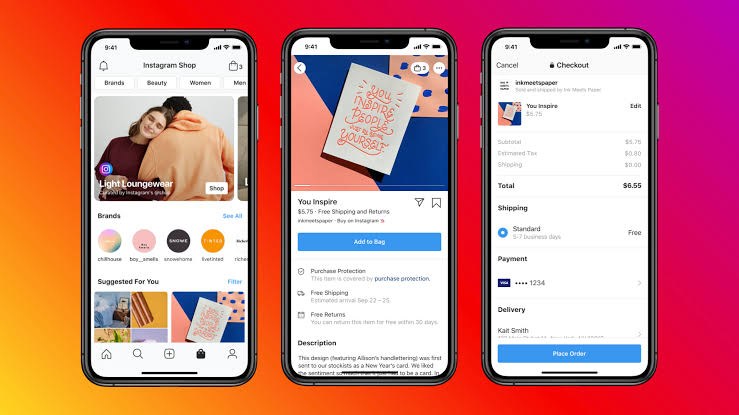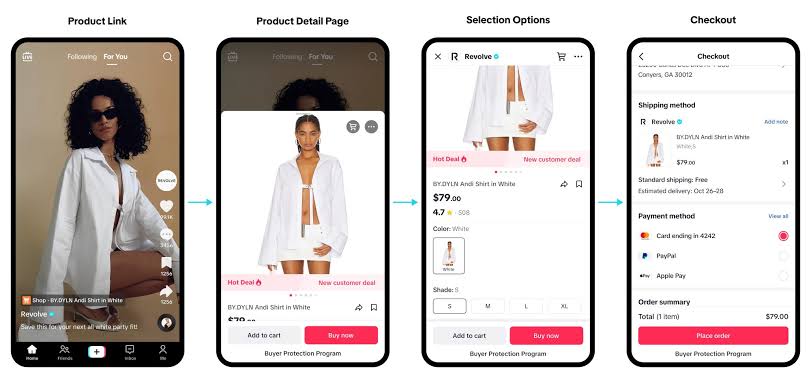
The future of online shopping is here, and it’s shop-able posts! Social media is no longer just for engagement—it’s a full-fledged sales channel. With shop-able posts, businesses can sell directly to consumers without redirecting them to external sites. This seamless shopping experience boosts conversions, shortens the sales funnel, and increases revenue. From Instagram to TikTok, every platform is evolving into a marketplace. Brands that adapt will thrive, while those who ignore this trend risk losing out. Whether you’re a small business or a global brand, integrating shop-able posts into your marketing strategy is essential. Learn how to leverage these posts, optimize them for engagement, and drive sales like never before. In this blog, we’ll break down why shop-able posts are the future of e-commerce, how they work, and how to use them effectively. Get ready to turn your social media feed into a revenue-generating machine!
Table of Contents
- What Are Shop-able Posts?
- Why Shop-able Posts Are the Future of E-Commerce
- Hoe Shop-able Posts Work on Different Platforms
- Benefits of Using Shop-able Posts
- How to Optimise Shop-able Posts for Maximum Sales
- The Future of Shop-able Posts in E-Commerce
- Final Thoughts: Why You Need Shop-able Posts Now
What Are Shop-able Posts?

Imagine scrolling through Instagram and spotting the perfect outfit. Instead of searching for it on a brand’s website, you simply tap on the post, view the price, and purchase it instantly. That’s the power of shop-able posts!
Shop-able posts allow brands to tag products directly within their social media content, enabling users to buy without leaving the app. These posts remove friction from the buyer’s journey, making impulse purchases easier than ever.
From Instagram to Pinterest, social media platforms are becoming digital storefronts, blending content with commerce seamlessly. This shift is changing how consumers shop, and businesses must adapt to stay ahead.
Why Shop-able Posts Are the Future of E-Commerce
E-commerce is evolving, and traditional online stores are no longer the only way to shop. Social media platforms are now central to the shopping experience. Here’s why shop-able posts are redefining e-commerce:
1. The Rise of Social Commerce
Social commerce—buying directly on social media—is growing at an unprecedented rate. With over 4.9 billion social media users worldwide, platforms like Instagram, TikTok, and Facebook are capitalising on this trend. Shop-able posts make it easier for brands to convert engagement into sales.
2. Reduced Purchase Barriers
Consumers no longer have to switch between apps or websites to make a purchase. By streamlining the buying process, shop-able posts minimise drop-off rates and improve conversion rates.
3. Increased Impulse Buying
Unlike traditional e-commerce, where customers actively search for products, shop-able posts leverage social feeds to spark impulse purchases. When users see a product they love, they can buy it immediately without second thoughts.
4. Enhanced Customer Experience
Today’s consumers expect seamless shopping experiences. With shop-able posts, brands meet customers where they already spend time—on social media. This frictionless journey results in higher satisfaction and brand loyalty.
How Shop-able Posts Work on Different Platforms

Instagram’s shop-able posts let businesses tag products in posts, Stories, and Reels. The “View Shop” feature enables direct purchases, transforming profiles into online stores.

With Facebook Shops, businesses create fully integrated shopping experiences. Shop-able posts appear in feeds, making discovery and checkout effortless.
TikTok

TikTok Shop allows brands to sell directly through videos and live streams. With its highly engaged audience, TikTok is a powerhouse for shop-able posts.

Pinterest’s “Shop the Look” pins enable direct shopping, making it a visual search engine for buyers seeking inspiration.
Benefits of Using Shop-able Posts
1. Higher Engagement and Conversions
By blending entertainment with commerce, shop-able posts increase customer engagement and lead to higher conversion rates.
2. Shorter Sales Funnel
Users move from discovery to purchase in seconds, reducing cart abandonment and boosting revenue.
3. Better Analytics and Retargeting
Social platforms provide insights into customer behavior, helping brands refine their marketing strategies.
How to Optimise Shop-able Posts for Maximum Sales
1. Use High-Quality Visuals
Eye-catching images and videos make shop-able posts stand out and drive engagement.
2. Write Persuasive Captions
Use compelling copy that highlights product benefits and encourages action.
3. Leverage Influencers and UGC
Collaborate with influencers and showcase user-generated content to boost credibility and reach.
4. Offer Exclusive Discounts
Limited-time deals encourage users to buy immediately.
5. Optimize for SEO and Hashtags
Use relevant keywords and hashtags to increase discoverability.
The Future of Shop-able Posts in E-Commerce
The future of online shopping is deeply intertwined with shop-able posts. As AI and AR technology advance, expect even more personalized and immersive shopping experiences. Virtual try-ons, AI-driven recommendations, and voice-activated shopping will further enhance shop-able posts, making them an indispensable tool for brands.
Final Thoughts: Why You Need Shop-able Posts Now
If your brand isn’t leveraging shop-able posts, you’re missing out on massive revenue potential. Social media is no longer just for brand awareness—it’s a direct sales channel. The sooner you integrate shop-able posts into your strategy, the faster you’ll see growth.
🚀 Ready to Boost Sales with Shop-able Posts?
Start today! Optimize your posts, engage your audience, and watch your social media transform into a high-converting storefront. Don’t wait—turn your followers into customers now!





